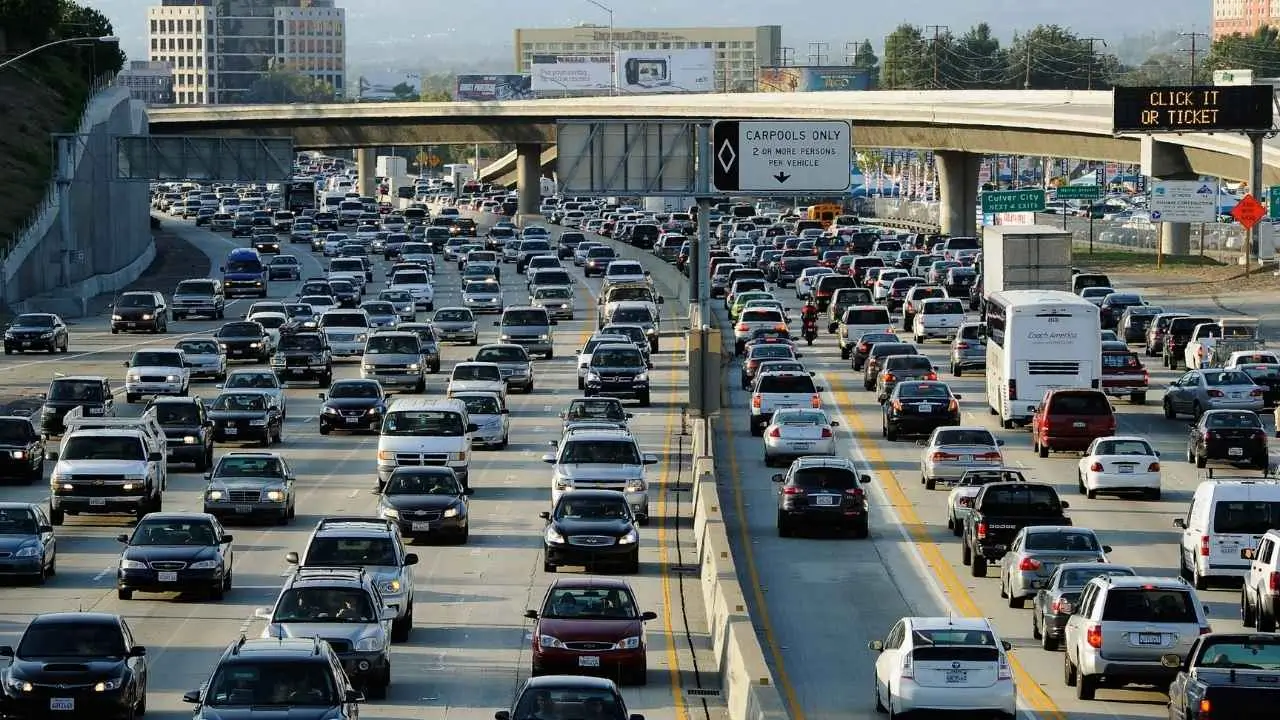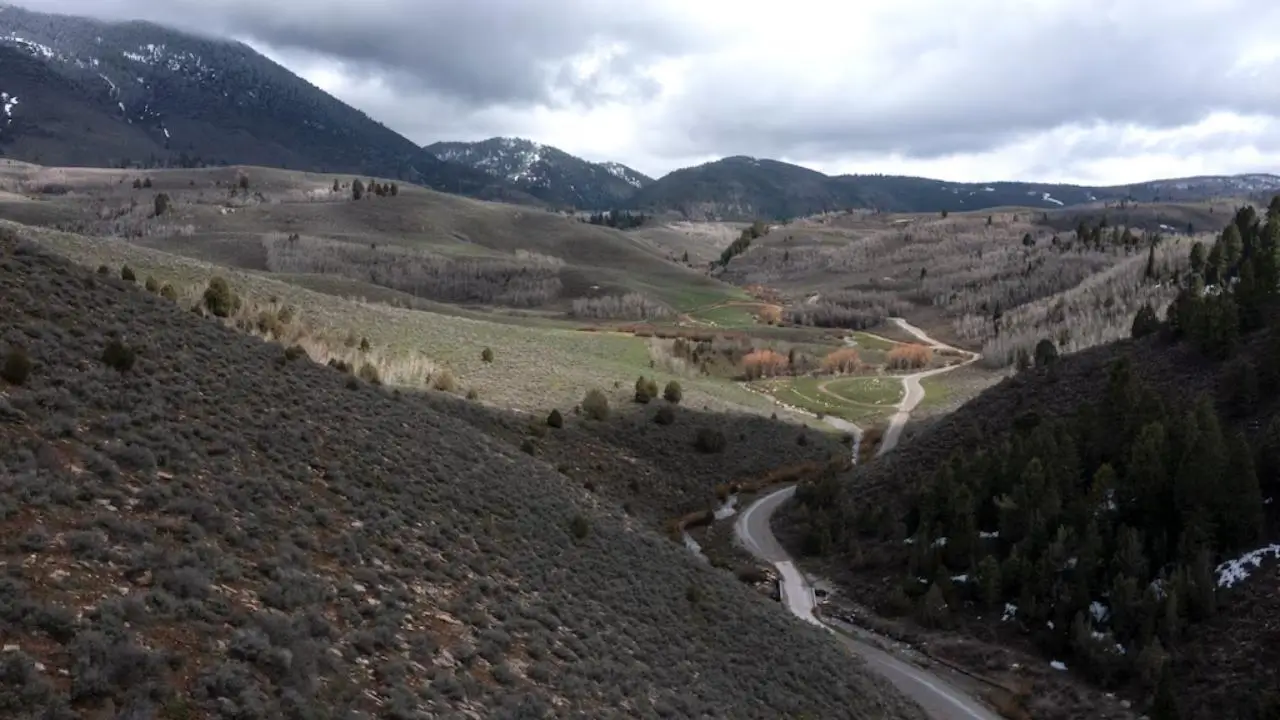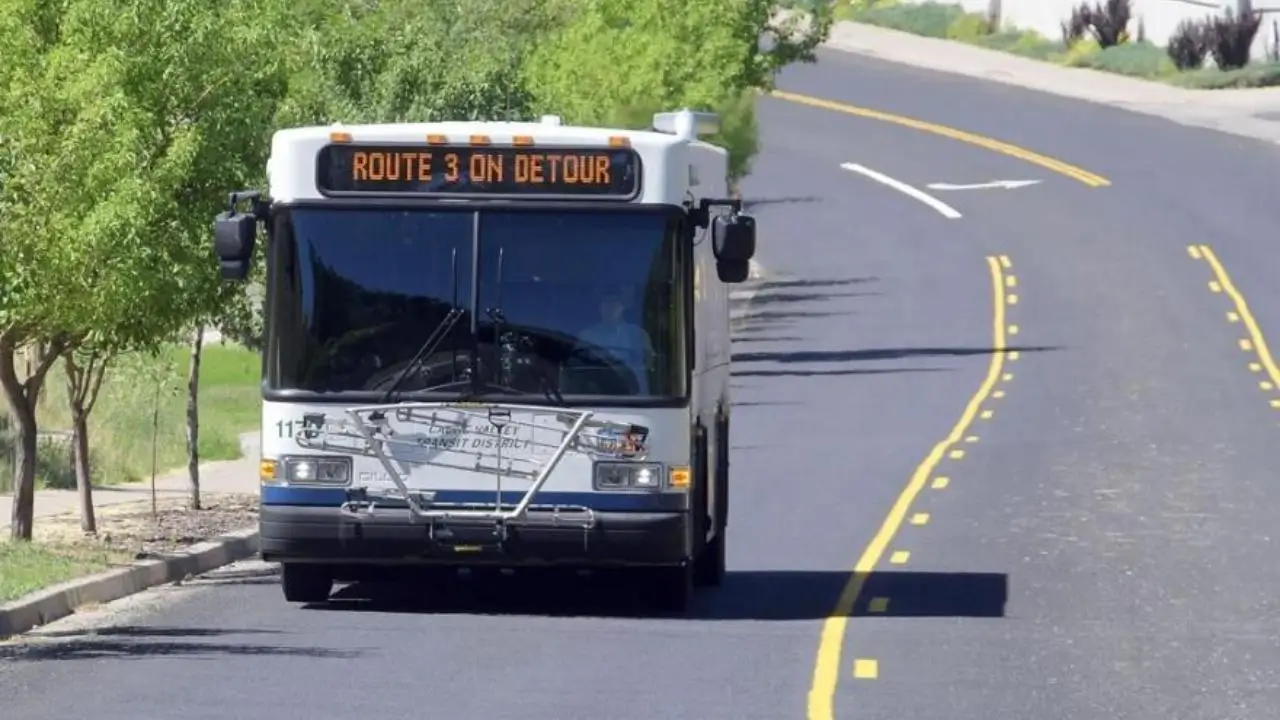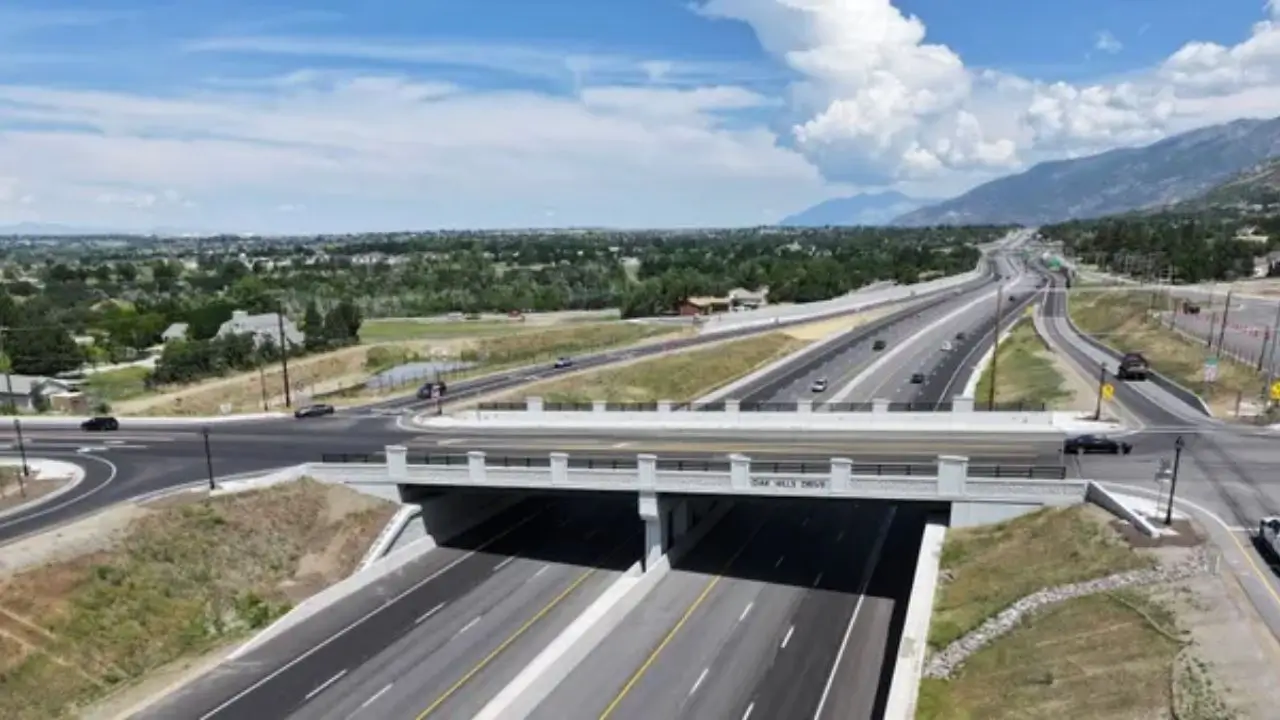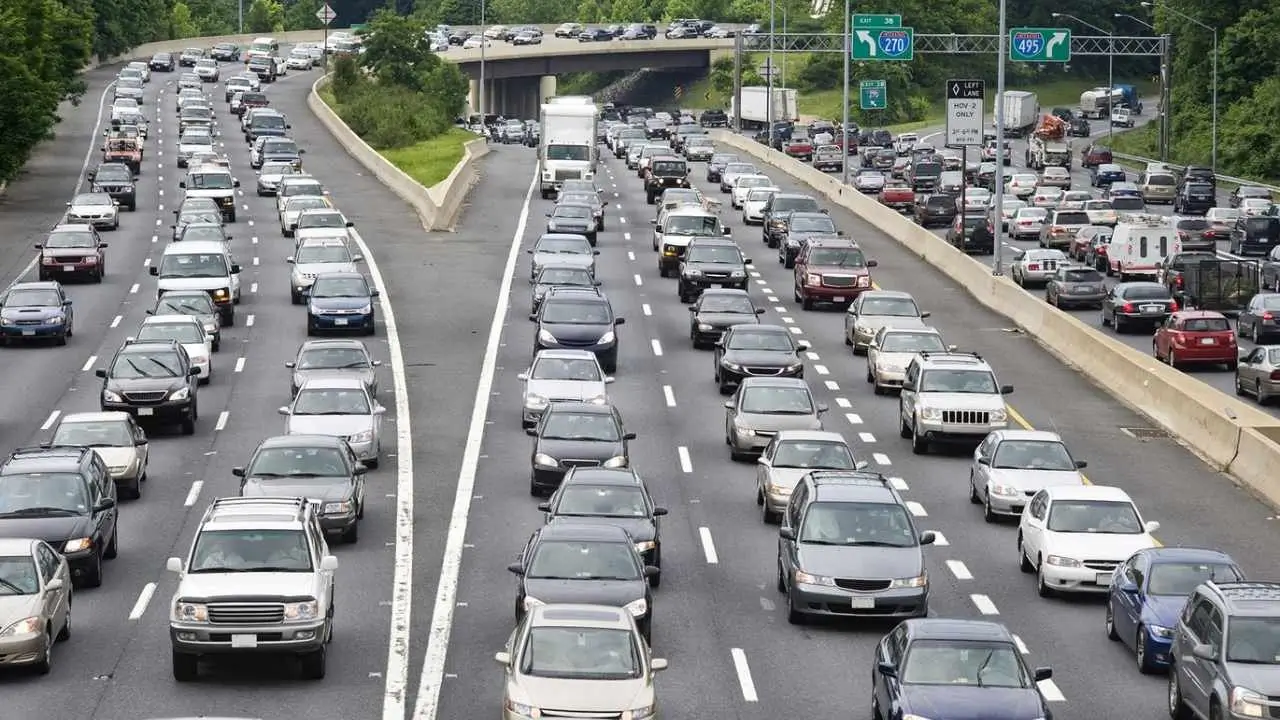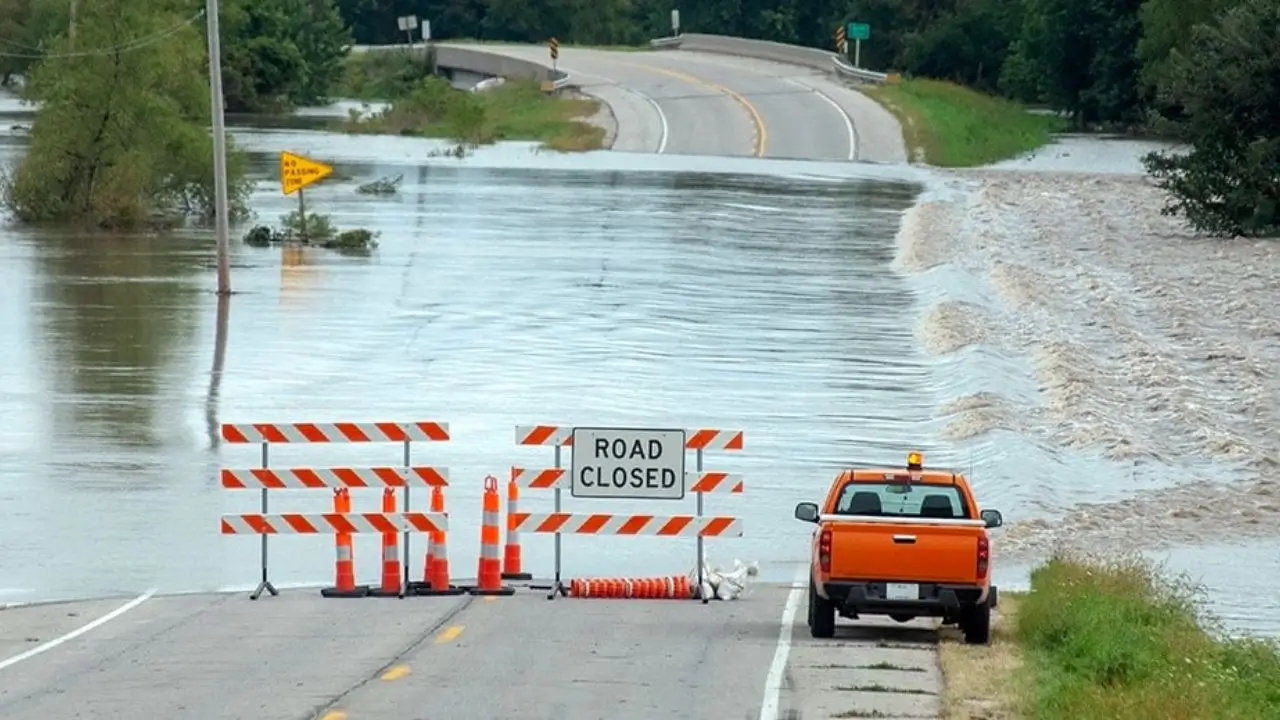Cache County, located in northern Utah, is a rapidly growing region that has struggled with increasing traffic congestion over the years. As the county’s population expands, so too does the strain on its roadways, leading to longer commute times, more air pollution, and heightened frustration among residents. To address these issues, local officials have proposed a comprehensive transit plan that aims to reduce congestion, provide sustainable transportation alternatives, and improve the overall quality of life for its residents.
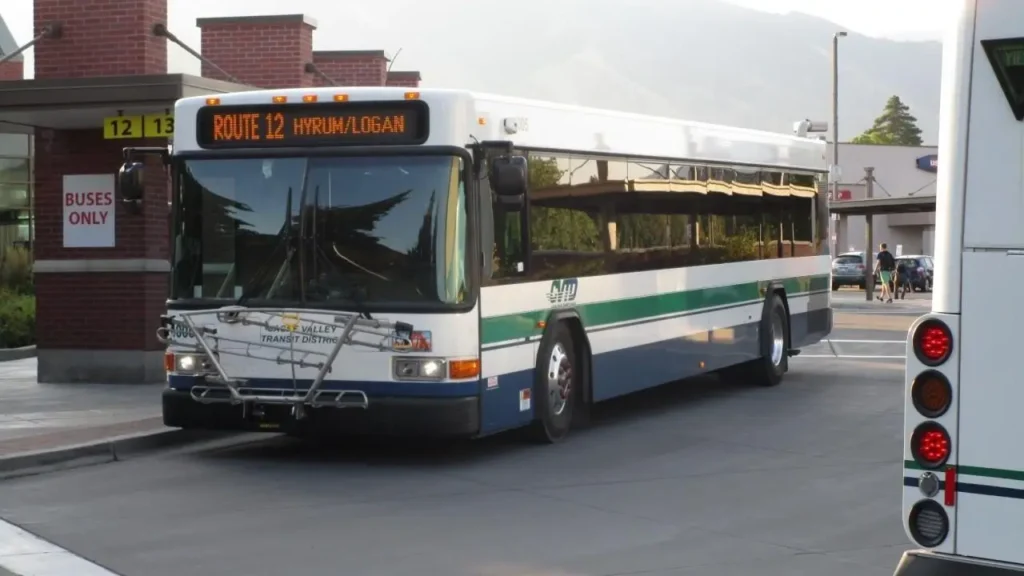
In this article, we’ll break down Cache County’s new transit proposal, examining its key components, goals, challenges, and the potential impact it could have on local traffic issues.
The Proposal: A Bold Vision for Change
At the heart of Cache County’s new transit initiative is a bold vision: creating a transportation system that provides more efficient and environmentally-friendly alternatives to personal vehicles. This is particularly important in a county where traffic jams are becoming an increasingly common sight during peak commuting hours. The county’s transit plan, unveiled in October 2025, includes several key features designed to tackle these issues head-on:
- Expanded Bus Routes: A 20% increase in the number of bus routes throughout Cache County, with more frequent schedules to accommodate the growing number of residents who rely on public transportation.
- Commuter Train Service: The introduction of new commuter train lines that will link Cache County’s major urban centers to nearby cities, such as Logan and Brigham City. This is a critical addition, as it offers a rapid, comfortable alternative to the long drives that many residents currently face.
- Eco-Friendly Options: The plan includes a focus on sustainability, with the introduction of electric buses and bike-sharing programs. These efforts aim to reduce both traffic congestion and the environmental impact of personal vehicles, addressing concerns about pollution and climate change.
- Upgraded Infrastructure: The proposal also calls for improved transit stations, better connectivity between bus and train services, and enhanced technology to make the transit system more user-friendly. This includes real-time tracking of buses and trains and the development of mobile apps to help passengers navigate the system efficiently.
Why Cache County Needs This Plan
Cache County’s traffic issues are not unique, but they are exacerbated by the region’s rapid growth. With an increasing population, more people are moving to Cache County in search of affordable housing, scenic views, and access to educational opportunities. However, the infrastructure in place has not kept up with this growth, leading to overcrowded roads and bottlenecked intersections.
On any given weekday, major roads like U.S. Highway 89 and State Route 30 experience significant traffic backups, particularly during the morning and evening rush hours. For commuters traveling from rural areas into Logan, the county’s largest city, these delays can add an extra 20 to 30 minutes to their daily commute. This not only affects individual productivity and well-being but also strains local businesses and emergency services.
Moreover, Cache County’s reliance on cars has contributed to rising levels of air pollution. In 2023, the Environmental Protection Agency (EPA) issued a report indicating that Cache County’s air quality consistently falls short of federal standards for particulate matter, partly due to traffic emissions. As residents seek a better quality of life, traffic congestion and pollution have become significant barriers to that goal.
The Goals: What the Transit Proposal Aims to Achieve
The primary aim of Cache County’s new transit proposal is to reduce traffic congestion. By expanding and improving public transportation options, the county hopes to shift more residents away from using personal vehicles, thereby easing the load on local roadways. This shift is expected to decrease traffic volume, reduce the frequency of traffic jams, and shorten commute times for everyone, including those who continue to drive.
Beyond alleviating congestion, the transit plan also seeks to reduce the environmental impact of transportation. With the introduction of electric buses and an emphasis on cycling infrastructure, Cache County hopes to reduce its carbon footprint, lower emissions, and improve air quality. The goal is to make public transportation not just a convenience, but a sustainable choice that benefits both the community and the environment.
Finally, the proposal aims to enhance the overall quality of life for Cache County residents by providing better access to jobs, education, and recreational opportunities. Public transit has the potential to make the county more accessible for people who cannot afford or choose not to own a car. It can also provide a safer, more reliable means of transportation, particularly for the elderly and disabled.
The Challenges: Will Residents Embrace the Change?
While the proposal has been met with enthusiasm from many quarters, it’s not without its challenges. One of the biggest hurdles facing the plan is convincing residents to make the shift from driving their own vehicles to relying on public transportation.
For many, driving is seen as the most convenient and flexible option. The prospect of using public transportation, especially for longer commutes, may not appeal to those who value the independence and comfort of their own vehicles. Even with expanded bus routes and commuter trains, there may be concerns about the frequency of services, route coverage, and the time it takes to reach destinations.
In addition, the success of the plan will depend on whether the new transit services are actually reliable and user-friendly. Cache County’s public transit system has historically been underfunded and underdeveloped, with limited options for residents in more rural areas. For many, the idea of using public transportation has been synonymous with inefficiency and inconvenience. If the new services do not meet expectations for punctuality, cleanliness, and comfort, it’s likely that residents will remain hesitant to make the switch.
Another challenge is the cost. While the transit proposal has been touted as a long-term investment in the county’s infrastructure, it comes with a significant price tag. Early estimates suggest the project will cost roughly $150 million over the next five years. This includes the construction of new transit stations, the purchase of new buses and trains, and the development of new technology systems.
While funding for the project will come from a combination of state and federal grants, as well as county revenue, there are concerns about the county’s ability to cover the ongoing maintenance and operational costs. If the transit system does not generate enough ridership to offset these expenses, taxpayers could be left footing the bill.
What Needs to Happen for Success?
For Cache County’s transit proposal to succeed, several factors must align. First and foremost, there needs to be a significant public shift toward using public transportation. To encourage this, the county will need to ensure that the system is accessible, reliable, and convenient for all residents. This will likely require additional investments in infrastructure, such as more bus stops, parking facilities for commuters, and bike lanes.
Moreover, there needs to be a strong educational campaign to raise awareness of the benefits of public transportation. Many residents may simply be unaware of the environmental and economic advantages that come with using buses and trains over personal vehicles. Outreach efforts must focus on demonstrating that public transit can be a time-saving, cost-effective, and environmentally-friendly option.
Finally, long-term planning will be essential to ensure that the system remains financially sustainable. If ridership falls short of expectations, the county may need to explore additional funding sources, such as fare increases or private partnerships, to maintain operations.
Cache County’s Hidden Plan to Transform Public Transit — Will It Fix the Commute Crisis?
The Road Ahead: What the Future Holds
As Cache County moves forward with its transit proposal, there’s reason for cautious optimism. The county’s growth is not expected to slow down, and with it, the demand for efficient transportation solutions will only increase. If the transit plan is successful, it could provide a model for other rapidly growing regions facing similar challenges.
However, the path to success will require patience, investment, and cooperation from all stakeholders, including local officials, transportation planners, and residents. While there are no guarantees, the transit proposal represents an ambitious and forward-thinking approach to solving Cache County’s traffic woes.
With the first phase of the project set to roll out in 2025, residents and officials alike will be watching closely to see whether the plan lives up to its promises. Whether it will significantly reduce congestion, improve air quality, and provide a reliable alternative to driving remains to be seen. For now, Cache County has set its sights on a more sustainable, accessible future—one where traffic woes are a thing of the past.


